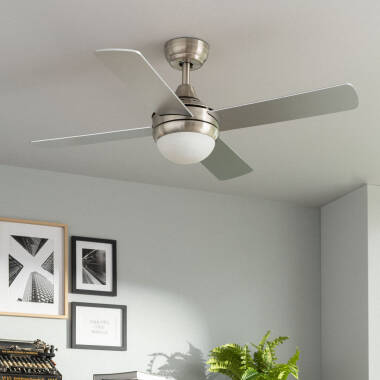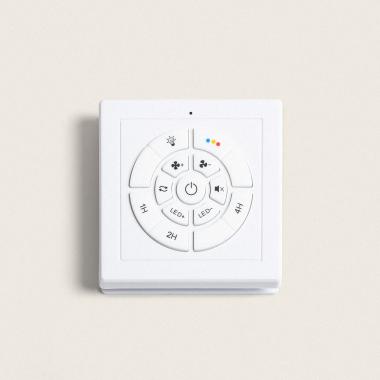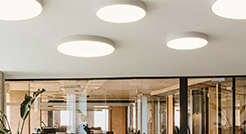Ceiling Fans
Ceiling fans are natural air conditioning systems for the different rooms in your home and allow you to combat the heat in the summer months, reducing the negative impact that other alternatives have on your health and that of your loved ones, like for example air conditioning.
Our featured products from Ceiling Fans
- -45%

Before £102.99
£56.99
(3) - -56%

Before £11.39
£4.99
- -30%

Before £113.99
£79.99
TECHBREYRef 117451
BlackWeeksNavy Silent Ceiling Fan with DC Motor 132cm
White
Pre-Order, estimate delivery from 90 days
- -55%

Before £147.99
£65.99
(7)TECHBREYNaviRef 117461
With LightBlackWeeksNavy Outdoor Silent Ceiling Fan with DC Motor for Outdoors 107cm
White
In Stock, delivery in 15-20 days
Brands related to this category
About Ceiling Fans
Moreover, choosing between the different models of ceiling fans allows you to take advantage of additional benefits such as: being silent, providing additional light, adapting to both indoor and outdoor spaces (porches or open terraces) or being an effective tool for repelling mosquitoes. On the other hand, fans with winter mode make heating systems more efficient.
How do ceiling fans work?
Despite being an almost ancestral natural air-conditioning system, ceiling fans have been refined and improved to become a healthy and inexpensive ventilation solution.
Even when operating at full power, the consumption of a ceiling fan is less than that of a 100 W light bulb and can lead to significant energy savings compared to other household cooling systems.
Which type of ceiling fan is best?
The choice of ceiling fan depends on your actual air conditioning needs and on aesthetic or decorative aspects.
Thus, the location (bedroom, living room, terrace, porch, etc.) is decisive and determines the size to be chosen and the degree of weather resistance required, i.e. whether it is to be used indoors or outdoors.
Another point to consider is the type of ignition: manual, remote control, switch, automatic by domotics, etc. Fans with remote control and WiFi models are the most popular.
The need for it to incorporate light, making it a "fan lamp", and for the decorative style to fit in with the rest of the room also influences the choice between a wide range of finishes, materials, colours or design lines.
For indoor spaces, you can consider specific fans for different room sizes:
- For spaces of less than 10m2, ceiling fans for small rooms are ideal.
- For rooms between 10 and 20 metres in size, ceiling fans for medium-sized rooms offer good coverage.
- If the room is large (more than 20m2), ceiling fans for large rooms will be more effective.
In the case of specific rooms, there are also options to consider:
- Bedroom ceiling fans are perfect for providing a gentle and quiet breeze.
- Ceiling fans for the living room combine functionality and attractive design.
How many blades are best for a ceiling fan?
More blades on a ceiling fan does not exactly mean more airflow.
The key aspects related to the blades of a ceiling fan are their angle (determines the angle of attack and has a direct impact on aerodynamic efficiency), their shape and size (depending on the space and surface to be air-conditioned, ceiling height, etc.), the revolutions per minute (RPM) (the range of rotation speeds depends on the room).









